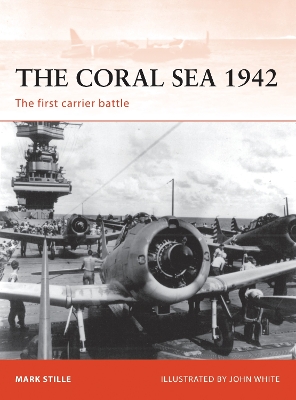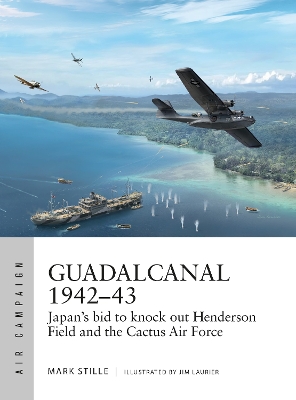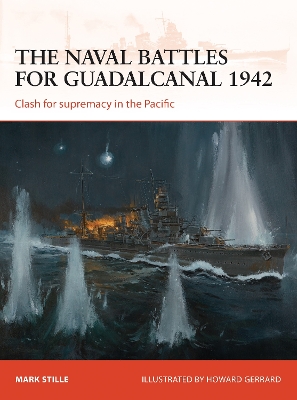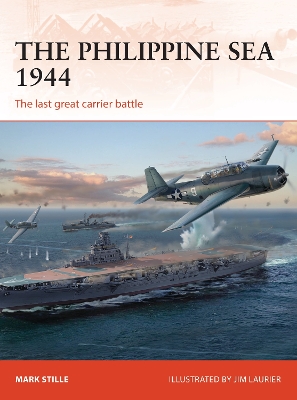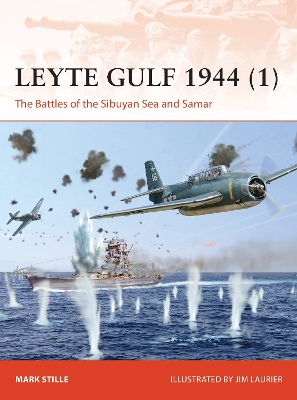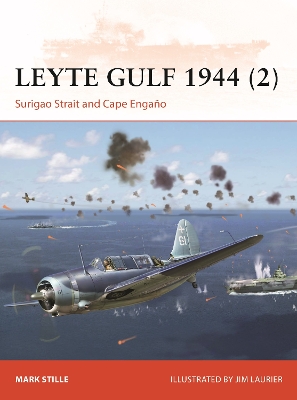Campaign
2 primary works • 11 total works
Book 214
Book 226
Fully illustrated with specially commissioned maps and artwork, this is the compelling story of the struggle for the Solomons, a key part of the Allied advance towards Japan which saw tens of thousands of casualties and so many ships lost that part of the ocean became known as 'Ironbottom Sound'.
The two fleets clashed on 19-20 June 1944 and the Japanese carrier fighters were shot down in devastating numbers by US aircraft in what became known as the "Great Marianas Turkey Shoot", before US counterattacks and submarine strikes forced the withdrawal of the Japanese fleet. Fully illustrated with stunning specially commissioned artwork, Mark Stille tells the enthralling story of the last, and largest, carrier battle of the Pacific War, the one that saw the end of the Imperial Japanese Navy as a formed fighting force.
Detailed analysis of the conflict, combined with a heavy focus on the significance of the aerial campaign, help tell the fascinating story of the Japanese victory, from the initial landings in Thailand and Malaya through to the destruction of the Royal Navy's Force Z and the final fall of Singapore itself.
On 27 February 1942, the Allied striking force set course to intercept the Japanese invasion force in the Java Sea. In one of the few such times during the whole of World War II a protracted surface engagement was fought unmolested by airpower. For over seven hours, the Allied force attempted to attack the Japanese invasion force, finally breaking off in the early evening. Some three hours later, the Allied force, now reduced to just four remaining cruisers and two destroyers, attempted another attack on the invasion convoy during which Japanese torpedoes scored heavily, sinking two Dutch cruisers and bringing the battle to a conclusion. Over the next two days, as the Allies attempted to flee, five more ships were sunk. From that point on, Allied naval power was eliminated from Southeast Asia.
In this illustrated title, Mark Stille tells the full story of the battle of the Java Sea, explaining how and why the Japanese achieved such a resounding victory, and delving into the tremendous impact of the battle on the course of the Pacific War.
